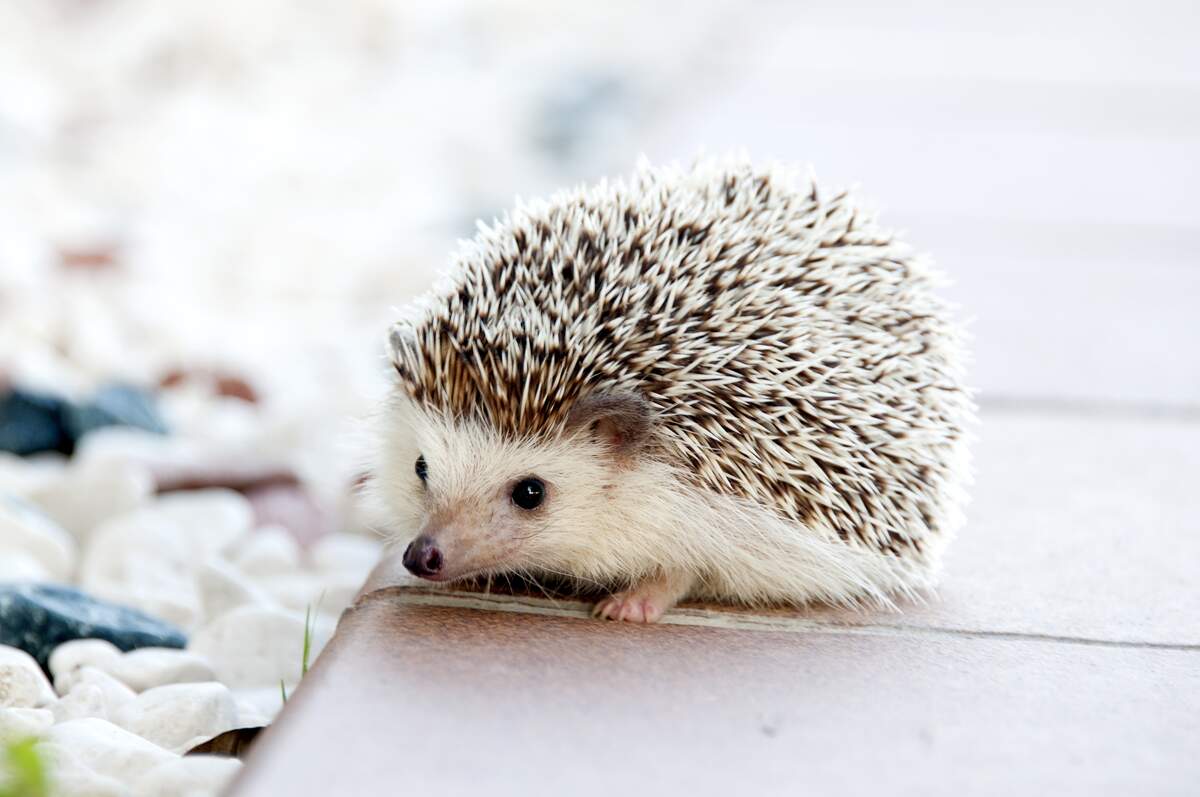

Hedgehog Day
Observed
annually on February 2nd
Dates
Tags
Pets & Animals
Hashtags
Sources
https://journeynorth.org/tm/spring/GroundhogHistory.html
https://www.hedgehogcentral.com/threads/hedgehog-day.193307/
https://www.livescience.com/51221-hedgehog.html
https://www.mentalfloss.com/article/56004/16-fun-facts-about-hedgehogs
https://www.anrdoezrs.net/links/100298379/type/dlg/https://www.newspapers.com/image/303171567/
https://www.anrdoezrs.net/links/100298379/type/dlg/https://www.newspapers.com/image/649164673/
https://www.anrdoezrs.net/links/100298379/type/dlg/https://www.newspapers.com/image/656022776/
https://www.anrdoezrs.net/links/100298379/type/dlg/https://www.newspapers.com/image/656288778/
https://www.anrdoezrs.net/links/100298379/type/dlg/https://www.newspapers.com/image/713589074/
https://www.anrdoezrs.net/links/100298379/type/dlg/https://www.newspapers.com/image/772618145/
https://www.anrdoezrs.net/links/100298379/type/dlg/https://www.newspapers.com/image/776397153/
https://www.anrdoezrs.net/links/100298379/type/dlg/https://www.newspapers.com/image/934158628/
https://www.vnews.com/Wilder-School-celebrates-hedgehogs-not-groundhogs-49741634
Hedgehog Day was regularly observed during ancient times and has once again been observed more in recent years, as an alternative to Groundhog Day. Hedgehog Day started with the Ancient Romans, who observed an event similar to what is now Groundhog Day. If a hedgehog saw its shadow under a clear moon at night, it signaled there were six more weeks of winter. The experiment was done at night because hedgehogs are nocturnal.
Sometime later, Hedgehog Day began being observed in Germany and England, and it eventually made its way to America. One hypothesis is that Germans brought the tradition to America when they settled in Pennsylvania in the nineteenth century and then applied it to the groundhog, which is also known as a woodchuck. Another hypothesis is that the custom was in England and came to the Americas by way of the Pilgrims on the Mayflower and that they renamed the day when they found the groundhog.
Regardless of which story is true, the consensus is that after learning that hedgehogs were not native to the United States, immigrants adapted Groundhog Day to replace Hedgehog Day. Groundhogs were chosen because they behave similarly to hedgehogs (although, in contrast to hedgehogs, groundhogs are not nocturnal.) Early settlers hoped for an early spring so they could plant their crops and shorten the time until harvest. The concept of Hedgehog Day continued in some locations in the United States late into the nineteenth century. While it all but disappeared by the twentieth century, today, some cities, zoos, and organizations once again use the hedgehog instead of a groundhog, and thus celebrate Hedgehog Day instead of Groundhog Day.
There are seventeen species of hedgehogs. None are indigenous to the Americas, Australia, or New Zealand. They can be found in New Zealand, however, since they were introduced there. They can also be found in the wild in Europe, Asia, and Africa. Their name comes from where they live and what they eat. They may live in garden hedges and may look for vegetation for food under the hedges. They may also make sounds similar to pigs or hogs while eating. They have a varied diet, eating fruit, fungi, insects, snails, worms, birds, eggs, frogs, reptiles, snakes and more. They live in many habitats, such as forests, deserts, scrublands, savannas, and suburban gardens. They usually live in burrows or nests they build. Their burrows may be up to 20 inches deep, and their nests are made from vegetation like leaves and branches. They have poor eyesight and thus rely heavily on hearing and smell.
Since hedgehogs are nocturnal and may sleep up to 18 hours a day, they might not be an ideal pet for someone who wants to see their pet active during the day. They can hibernate, but they don't all hibernate. It depends if they live in an area with an extreme climate. They hibernate in cold climates and also sleep in deserts when there is excessive heat or a drought.
Hedgehogs have between 5,000 and 7,000 quills. Made from keratin, just like human fingernails, the quills are not barbed or poisonous and don't easily detach from the bodies. Muscles on the backs can raise or lower the quills, which happens when hedgehogs are responding to threatening situations. Hedgehogs protect themselves from predators by rolling into balls, so their exposed area is all quills.
Hedgehogs measure between 4 and 12 inches in length and weigh between 5 and 56 ounces. Their lifespan is 3 to 8 years in the wild, and up to 10 years in captivity. They may give birth once a year. They usually have four to seven young at a time, which are known as hoglets or piglets. Mothers protect the young until they are about four to seven weeks old. They are fully mature by nine to eleven months.
How to Observe Hedgehog Day
- If you have a pet hedgehog, check if it sees its shadow tonight under a clear moon.
- Go to a public Hedgehog Day event and see if the hedgehog sees its shadow.
- Get a pet hedgehog. Make sure to check for regulations or permits needed for hedgehogs in your area.
- Watch a documentary about hedgehogs or read a book about them.





















